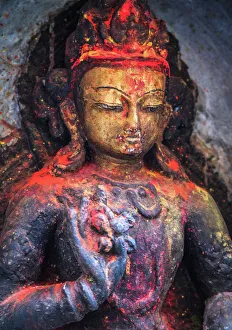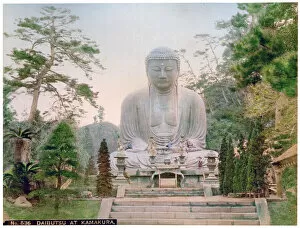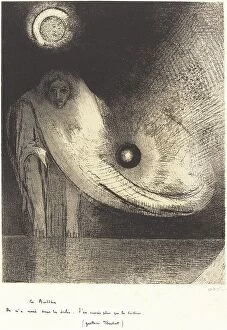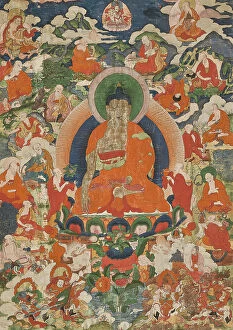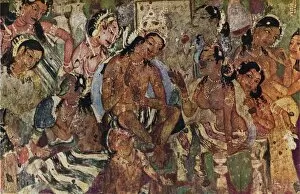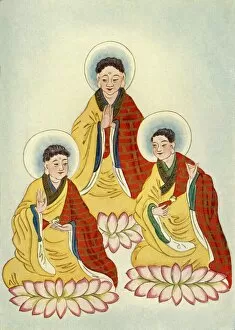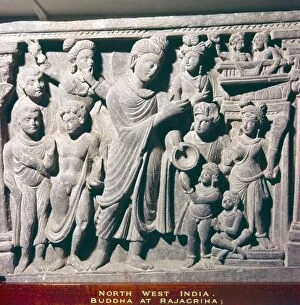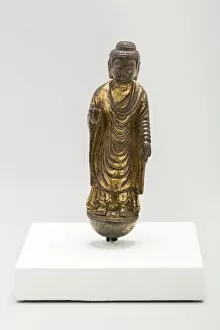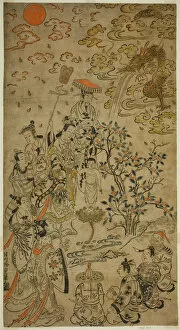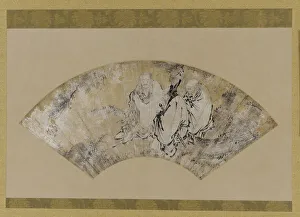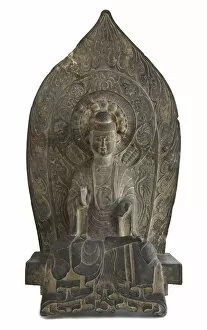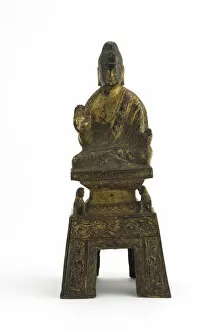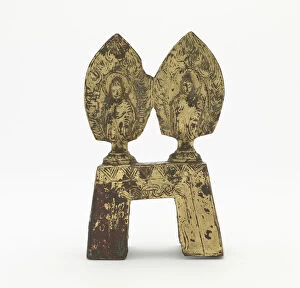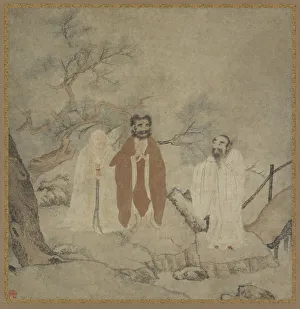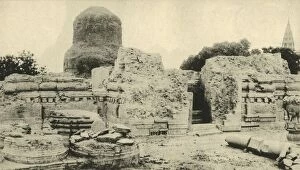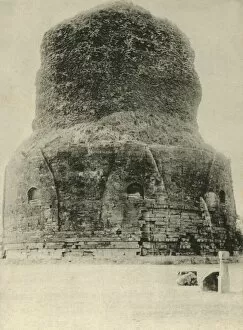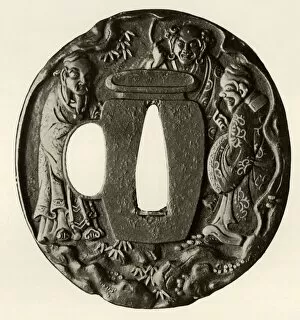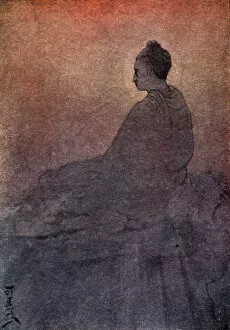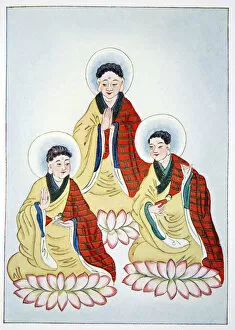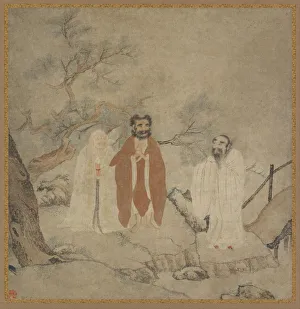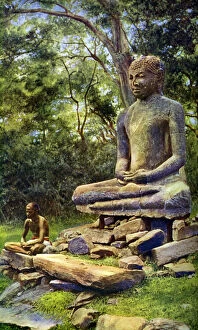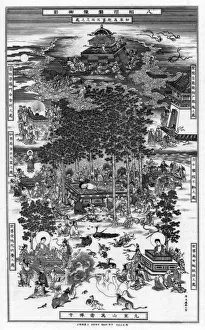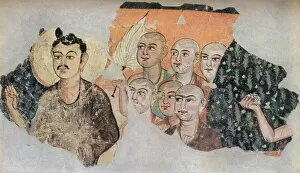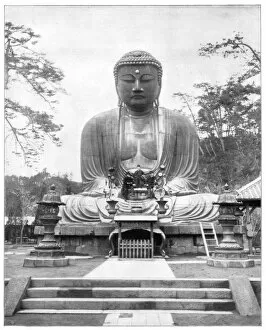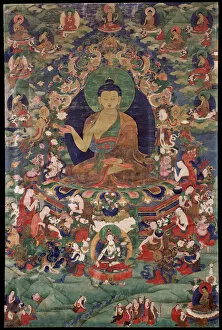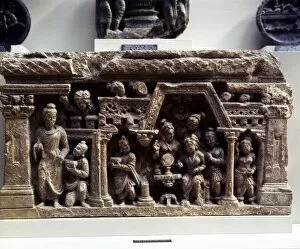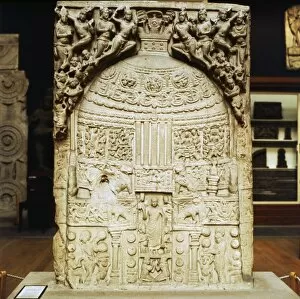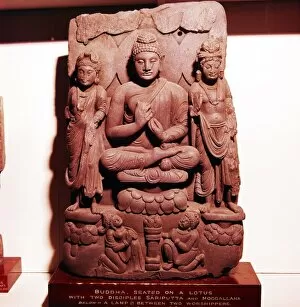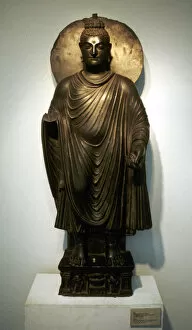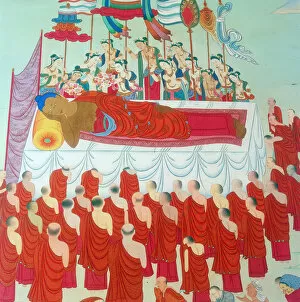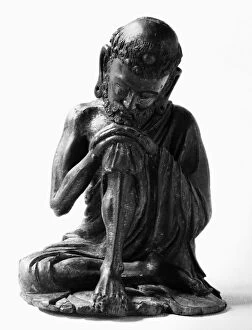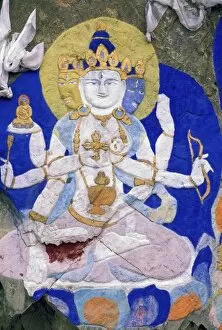Sakyamuni Collection
"Sakyamuni: The Enlightened One, revered across the world" The statue of Buddha at Swayambhunath in Kathmandu, Nepal stands tall, symbolizing peace and enlightenment
All Professionally Made to Order for Quick Shipping
"Sakyamuni: The Enlightened One, revered across the world" The statue of Buddha at Swayambhunath in Kathmandu, Nepal stands tall, symbolizing peace and enlightenment, and is a testament to the teachings of Sakyamuni, also known as Gautama Buddha. Sakyamuni's wisdom transcends time and borders. From Lao-Tse to Confucius and Buddha himself, their philosophies have influenced countless lives throughout history. In Japan, the Daibutsu at Kamakura showcases the devotion towards Sakyamuni during the early 20th century. Its grandeur reflects the deep reverence held for this spiritual figure. Jogyesa Temple in Seoul, South Korea houses a magnificent main hall dedicated to Sakyamuni Buddha. Here, devotees find solace and seek enlightenment amidst its serene atmosphere. The Caves of Ajanta hold a mesmerizing wall painting depicting Raja Mahajanaka's encounter with Buddhism around 480 AD. This artwork beautifully captures the essence of Sakyamuni's teachings. An unknown artist created "The Buddhist Triad" in 1922—a captivating representation of three great thinkers: Lao-Tse, Confucius, and Buddha—showing their profound impact on humanity. Gautama Buddha's offering of dust at Rajagriha during the 2nd century serves as a reminder that even small acts can bring immense change when guided by compassion and wisdom. A Tang dynasty sculpture portrays Sakyamuni standing with his hand raised in reassurance (Abhaymudra), radiating tranquility amidst chaos—an eternal symbol of hope for all generations. Hanekawa Chincho's masterpiece from c. 1710 depicts the birth of Buddha—a divine event that continues to inspire millions worldwide with its message of love and enlightenment.


